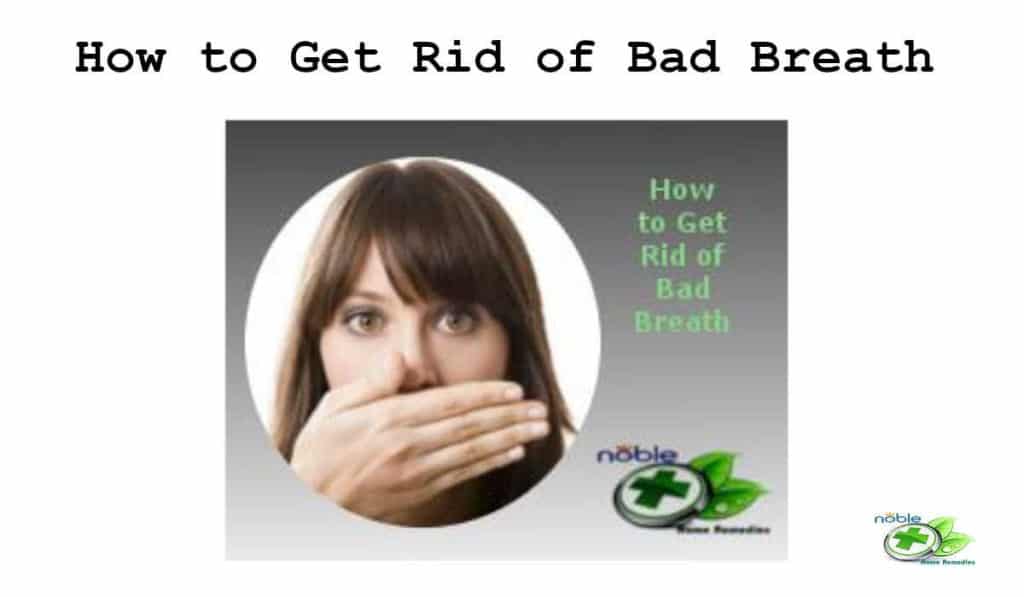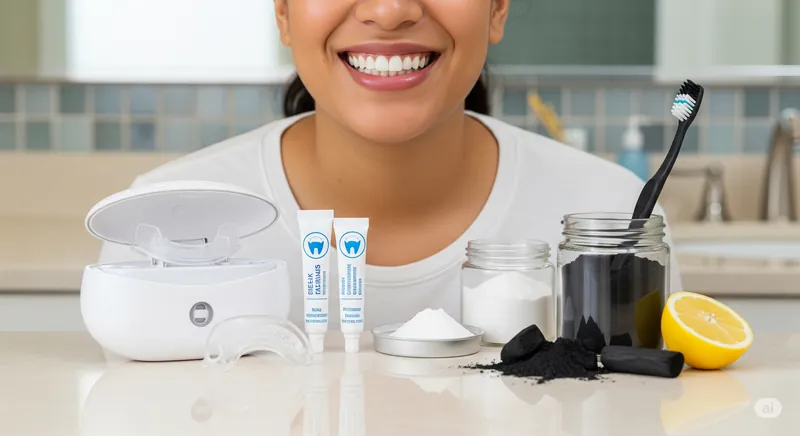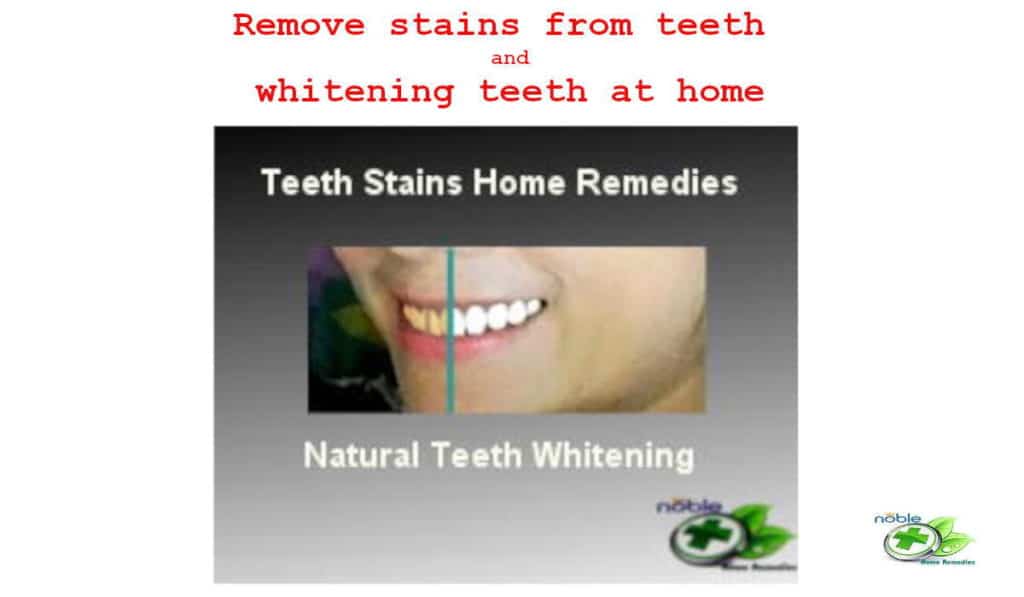Whitening Teeth with Baking Soda: Recipes for a Brighter Smile
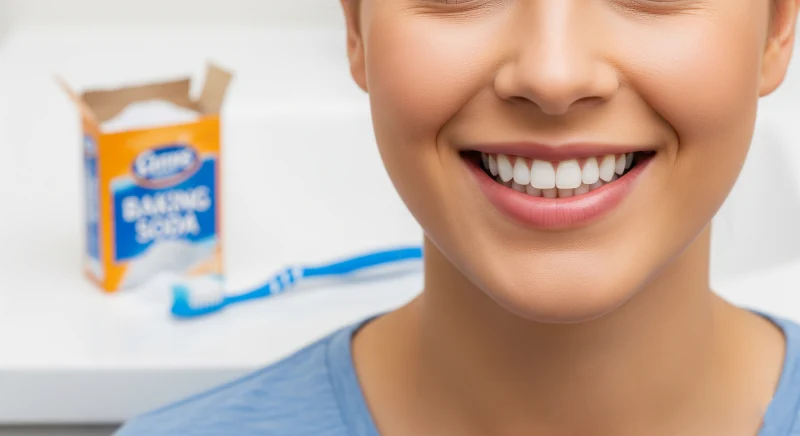
Do you ever look in the mirror and wish your smile sparkled a little brighter? Maybe you’ve noticed your teeth aren’t quite as white as they used to be, and you’re wondering what you can do about it. You’re not alone! Many people dream of a whiter, more radiant smile, and the good news is, you don’t always need expensive trips to the dentist or fancy kits to get there.
For a long time, folks have been turning to natural remedies to brighten their smiles, and one of the most popular and trusted ingredients found right in your kitchen cabinet is baking soda. Yes, that humble box of baking soda (also known as sodium bicarbonate) is more than just a leavening agent for your cookies or a cleaner for your sink; it’s a safe, affordable, and effective secret weapon for whitening teeth with baking soda.
In this article, we’ll dive into how baking soda works its magic, what you need to know to use it safely, and give you easy-to-follow, step-by-step recipes so you can start your journey to a brighter smile right from home. Get ready to discover the simple power of whitening teeth with baking soda!
What Makes Baking Soda a Whitening Agent?
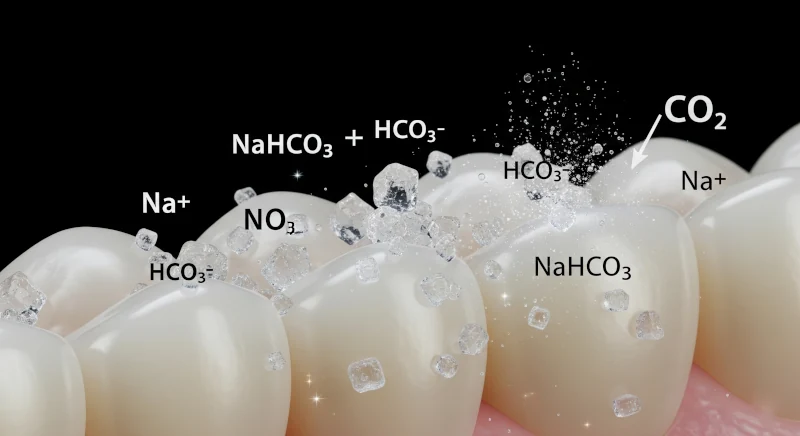
You might be wondering, “How can a simple kitchen powder help whiten my teeth?” It’s all thanks to some special properties of baking soda. Baking soda, or sodium bicarbonate, is a fine, white powder with a unique combination of characteristics that make it excellent for cleaning and brightening teeth.
First off, baking soda acts as a mild abrasive. Think of it like a gentle scrubber for your teeth. When you brush with it, the tiny grains help to physically buff away surface stains. These are the stains that build up from everyday things like drinking coffee, tea, red wine, or even smoking. This scrubbing action also helps to disrupt and remove plaque – those sticky layers of bacteria that can cling to your teeth and cause damage. By scrubbing away these surface stains and plaque, your teeth can look noticeably brighter and cleaner.
Beyond its scrubbing power, baking soda also has alkaline properties. This means it can help to neutralize acids in your mouth. Harmful bacteria in your mouth love acidic conditions, and when your mouth becomes less acidic (meaning the pH goes up), it becomes harder for these cavity-causing bacteria to grow and multiply. An environment with less harmful bacteria can further help prevent tooth discoloration and promote overall oral health.
So, by both gently cleaning off stains and making your mouth a less welcoming place for stain-causing bacteria, whitening teeth with baking soda becomes a surprisingly effective and simple solution for a brighter smile.
Precautions Before You Begin

Before you get excited and start whitening teeth with baking soda, it’s super important to understand that while it’s generally safe, there are some important things you need to know to protect your beautiful smile. Think of it like this: even good things need to be used wisely!
The Importance of Moderation
The keyword here is moderation. Because baking soda is an abrasive, even if it’s a mild one, using it too often or scrubbing too hard can potentially harm your tooth enamel over time. Your enamel is the tough, outer layer of your teeth that protects them, and once it’s worn away, it doesn’t grow back. Thinning enamel can lead to increased tooth sensitivity and even a higher risk of cavities. So, gentle brushing and sticking to the recommended frequency are crucial.
Who Should Be Cautious (or Avoid It)
Whitening teeth with baking soda isn’t for everyone, and certain people should definitely talk to their dentist first or avoid these methods altogether.
- Sensitive Teeth: If your teeth are already sensitive to hot or cold, baking soda might make that feeling worse, especially if used with acidic ingredients like lemon juice. Hydrogen peroxide can also increase sensitivity.
- Braces: If you have braces, you should avoid using baking soda as it can soften the glue holding your braces on.
- Oral Health Conditions: If you have gum disease, receding gums, or any other oral health issues, talk to your dentist before trying any home whitening remedies. Baking soda might irritate your gums.
- Deep Stains: Remember, baking soda is great for surface stains, but it may not be effective for deep discoloration caused by certain medications or dental conditions. For these kinds of stains, professional treatments are usually needed.
- Lack of Fluoride: A really important point is that baking soda alone doesn’t contain fluoride. Fluoride is a natural mineral that helps protect your teeth from cavities and strengthens enamel. While baking soda can clean, it doesn’t offer the same cavity protection as regular fluoride toothpaste. So, if you choose to use baking soda for whitening, it’s a good idea to still use fluoride toothpaste as part of your regular dental hygiene routine.
When to Consult a Dentist

It’s always a good idea to chat with your dentist before starting any new teeth whitening routine, even natural ones. They can tell you if whitening teeth with baking soda is right for you, especially if you have existing dental work like fillings or crowns, as baking soda won’t change the color of these.
If you experience any persistent sensitivity, gum irritation, or don’t see the results you hoped for, it’s definitely time to pick up the phone and talk to your dental professional. They can offer professional solutions that are often more effective, quicker, and safer, as they are done under controlled conditions.
By keeping these precautions in mind, you can explore whitening teeth with baking soda responsibly and safely, giving your smile the care it deserves!
Top Recipes for Whitening Teeth with Baking Soda
Ready to get started? We’ve gathered the best, most popular, and most effective ways to start whitening teeth with baking soda right in your own home. Remember to use these recipes in moderation and always pay attention to how your teeth and gums feel.
1. Baking Soda & Water Classic Paste
This is the simplest and most traditional way to start whitening teeth with baking soda. It’s a quick method to tackle everyday surface stains gently.
Ingredients:
- 1 teaspoon of baking soda (or 1 tablespoon)
- 1-2 teaspoons of water (or enough to make a paste)
Instructions:
- In a small bowl, mix the baking soda with water until you create a thick paste. The goal is a consistency that can easily be picked up by your toothbrush.
- Dip your soft-bristled toothbrush into the paste, making sure it gets a good coating.
- Gently brush your teeth in small, circular motions for about one to two minutes. Make sure to cover all your teeth thoroughly.
- When you’re done, spit out the baking soda paste and rinse your mouth very well with water until your teeth feel clean and grit-free.
2. Baking Soda & Hydrogen Peroxide Blend
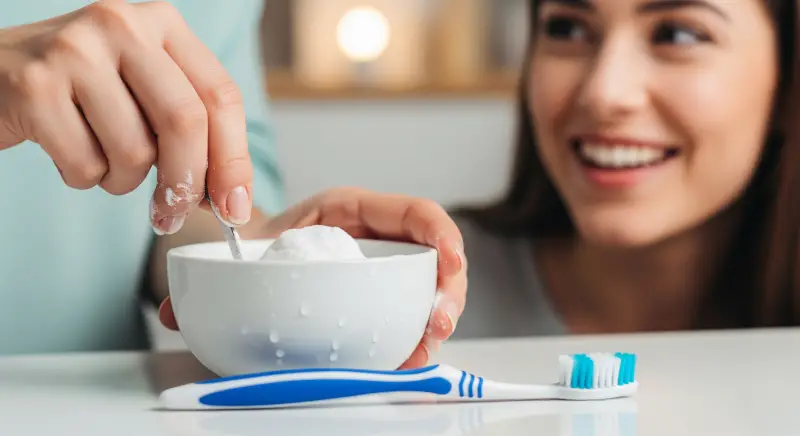
For a little extra boost in whitening teeth with baking soda, you can combine it with hydrogen peroxide. Hydrogen peroxide is a mild bleach that’s a common ingredient in many professional whitening products, helping to break down stains. It’s crucial to use a low concentration, ideally 3% or less, for home use.
Ingredients:
- 1 teaspoon of baking soda (or 1 tablespoon)
- A small amount of 3% hydrogen peroxide, or 2 teaspoons (enough to make a paste)
- Optional: 8 drops of water (if using Dr. Berg’s specific recipe with very few drops of H2O2)
Instructions:
- In a small bowl, mix the baking soda with the hydrogen peroxide until it forms a gritty paste. The mixture might bubble or fizz a bit as the ingredients combine.
- Dip your soft-bristle toothbrush into the paste and apply it to your teeth.
- Gently brush your teeth for one to two minutes. If you used the higher concentration of hydrogen peroxide (even 3%), some sources recommend keeping the paste on your teeth for only one minute before rinsing.
- Be careful not to swallow the paste. Spit it out and rinse your mouth very thoroughly with water. Some people like to follow up with regular toothpaste and another rinse to remove any lingering gritty feeling or alkaline taste.
3. Baking Soda & Coconut Oil Paste
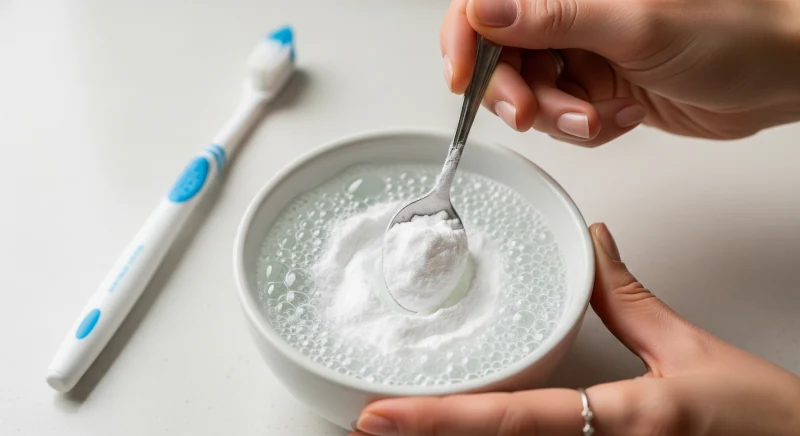
This is a gentler option for those with sensitive teeth or who prefer a milder approach to whitening teeth with baking soda. Coconut oil is known for its lauric acid, which can help fight bacteria in your mouth and promote oral health.
Ingredients:
- 1 tablespoon of baking soda
- 1 tablespoon of coconut oil (it might help to gently warm it so it’s liquid, not solid)
Instructions:
- In a small bowl, if your coconut oil is solid, gently melt it (you can do this in a microwave for a few seconds).
- Mix the liquid coconut oil with the baking soda until it forms a smooth paste.
- Use this paste to brush your teeth for about two minutes, using gentle circular motions.
- Rinse your mouth well with warm water.
4. Baking Soda & Lemon Juice (Occasional Use)
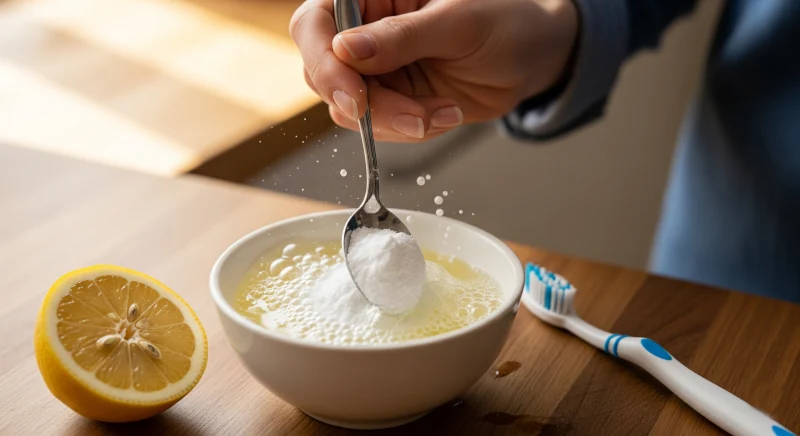
Lemon juice contains citric acid, which is a natural bleaching agent. When combined with baking soda, it can create a powerful stain-fighting paste. However, due to the high acidity of lemon juice, this method should be used with extreme caution and very sparingly to protect your enamel.
Ingredients:
- 1 tablespoon of baking soda (or equal parts with lemon juice)
- 1 tablespoon of fresh lemon juice (or equal parts with baking soda)
Instructions:
- In a small bowl, mix the baking soda and lemon juice until a runny paste forms.
- Dip your toothbrush into the paste and gently massage your teeth in a circular motion for two minutes.
- Rinse your mouth very well with water immediately after brushing to remove all the acidic residue.
- Use this method very infrequently, perhaps once every two to three months, to minimize enamel exposure to acid.
5. Baking Soda & Strawberry Paste
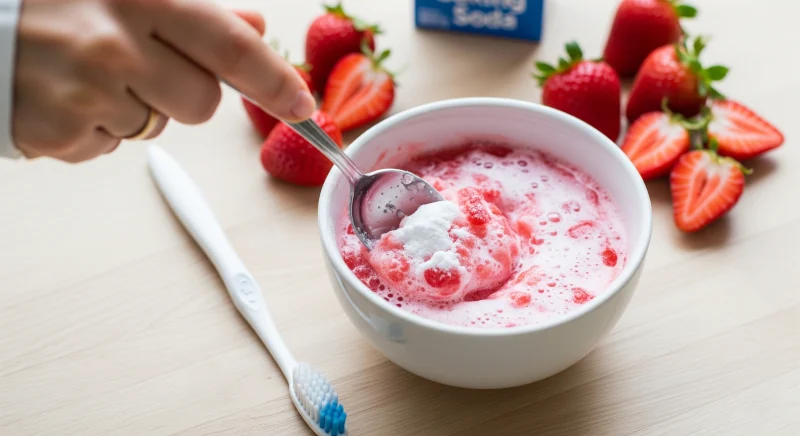
For a natural twist with a pleasant taste, strawberries can be added to your whitening teeth with baking soda routine. Strawberries contain ascorbic acid and malic acid, which may help lighten surface stains.
Ingredients:
- 2 to 3 ripe strawberries (or 1 ripe strawberry)
- 1 tablespoon of baking soda (or 1/2 teaspoon)
- A pinch of salt (optional)
Instructions:
- In a small bowl, mash the strawberries thoroughly.
- Add the baking soda (and optional pinch of salt) to the mashed strawberries and mix until it forms a paste.
- Brush your teeth with this paste for one to two minutes.
- Rinse your mouth completely with water to remove all the paste.
- Because this method also involves natural acids, use it cautiously, perhaps once every two weeks for two to three months, then take a break.
6. Baking Soda & Toothpaste
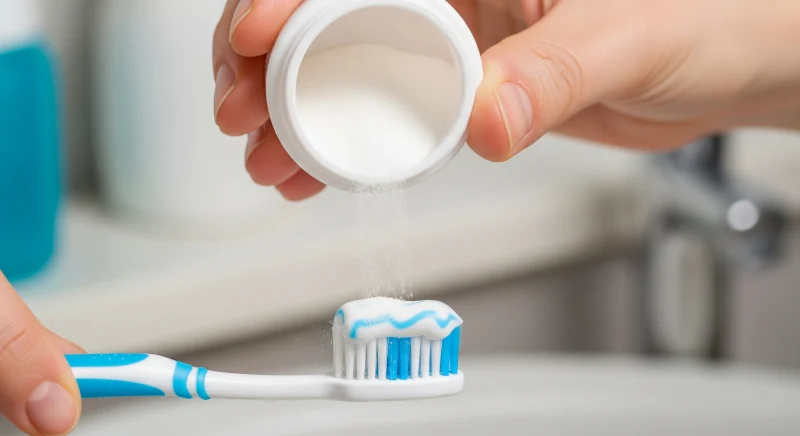
If you want the benefits of whitening teeth with baking soda but prefer the familiarity of your regular toothpaste, you can easily combine the two. This is often considered one of the safest at-home methods.
Ingredients:
- Your regular toothpaste (a pea-sized amount)
- A small amount of baking soda (about a tablespoon or teaspoon, depending on preference)
Instructions:
- There are a couple of ways to do this:
- Method 1: Apply a pea-sized amount of your regular toothpaste to your soft-bristled toothbrush. Then, dip the toothbrush bristles, with the toothpaste, into a small amount of baking soda to coat it.
- Method 2: Squeeze your toothpaste into a small bowl, add about a teaspoon of baking soda, and mix them together to form a paste.
- Brush your teeth as you normally would for two minutes.
- Rinse your mouth thoroughly with water.
7. Baking Soda Mouthwash
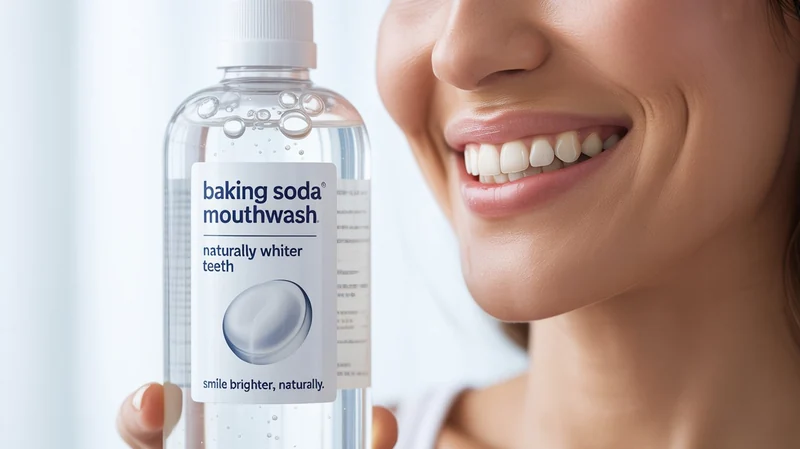
Beyond brushing, you can also use baking soda as a mouthwash to gently clean, disinfect, and balance the pH of your mouth. While not a direct whitening recipe like the others, it supports oral health that contributes to a brighter smile.
Ingredients:
- ¼ teaspoon of baking soda
- ⅛ teaspoon of salt
- 1 cup of warm water
Instructions:
- Combine the baking soda, salt, and warm water in a cup.
- Stir the mixture until the soda and salt are completely dissolved.
- Swish this rinse around your mouth just as you would with regular mouthwash.
- Spit it out and, if you prefer, follow with a plain water rinse.
Best Practices for Whitening Teeth with Baking Soda
Now that you have these recipes, let’s talk about how to use them smartly to get the best results for whitening teeth with baking soda while keeping your smile healthy.
How Often to Use Each Recipe
Remember, moderation is your best friend when it comes to whitening teeth with baking soda. Overuse can be counterproductive and even harmful. Here’s a general guide for how often you might use each method, based on the sources:
- Baking Soda & Water Classic Paste: You can typically use this two to three times a week. Some sources suggest once a week.
- Baking Soda & Hydrogen Peroxide Blend: This stronger combination should be used a few times a week, perhaps two to three times weekly for a few weeks to see changes. Some recommend twice a week for 8-10 weeks. Always use occasionally, not long-term.
- Baking Soda & Coconut Oil Paste: This gentler option can be used two to three times per week for a few months.
- Baking Soda & Lemon Juice: Due to its acidity, this method should be used very sparingly. Some sources suggest once every two to three months.
- Baking Soda & Strawberry Paste: Use this cautiously, perhaps once every two weeks for two to three months.
- Baking Soda & Toothpaste: One to two times per week is a good frequency. It’s advised not to whiten your teeth more than two times per week when adding baking soda to your toothpaste.
- Baking Soda Mouthwash: This can be incorporated more regularly, but pay attention to how your mouth feels.
It’s truly important not to treat these methods as an everyday brushing routine.
Integrate with Regular Dental Hygiene, Not as a Replacement
Using baking soda for whitening is a helpful addition to your oral care, but it’s not a replacement for your regular dental hygiene routine. This is super important because, as we mentioned earlier, pure baking soda doesn’t contain fluoride, which is vital for preventing cavities and strengthening your tooth enamel.
Continue to brush your teeth at least twice a day with a fluoride toothpaste, and don’t forget to floss daily. These practices are fundamental to protecting your enamel, preventing gum decay, and removing plaque and food particles. Think of whitening teeth with baking soda as a special treatment you add to your routine, not the main event.
How to Notice Results and When to Stop
Patience is key! When you’re whitening teeth with baking soda, results won’t appear overnight. Most people start to notice a difference after a few weeks of consistent, moderate use. More noticeable or dramatic results might take one to two months. Take a moment to look at your teeth under good light before you start, and then check them periodically.
When should you stop or take a break?
- Sensitivity or Irritation: If your gums start to feel irritated or your teeth become more sensitive, stop using the baking soda method immediately. These are signs that you might be overusing it or that it’s not suitable for your teeth.
- Enamel Wear: While baking soda is mild, excessive or long-term use can still cause enamel thinning. If you notice any unusual changes in your teeth’s appearance or texture, consult your dentist.
- No Results: If you’ve been consistent for several weeks and don’t see any improvement, it might mean your stains are deeper than surface level, or that baking soda isn’t the right solution for you. In this case, professional advice is the best next step.
Remember, a healthy smile is a beautiful smile. These best practices will help you get the most out of whitening teeth with baking soda safely and effectively.
Potential Side Effects and When to Consult a Dentist
While whitening teeth with baking soda can be a great home remedy, it’s really important to be aware of potential side effects, especially if you get a little too enthusiastic with your routine. Your long-term oral health is always the top priority.
Risks of Overuse and Enamel Wear
The biggest concern with overuse is the risk of enamel wear. Although baking soda is a mild abrasive, scrubbing too hard or too frequently can gradually wear down your enamel. This can lead to several problems:
- Increased Sensitivity: As your enamel thins, the underlying dentin (a yellowish, more sensitive layer) becomes more exposed, making your teeth more prone to sensitivity to hot, cold, or even sweet foods and drinks.
- Risk of Cavities: Thinner enamel means less protection for your teeth, increasing your risk of developing cavities.
- Gum Irritation: The abrasive nature of baking soda can also irritate your gums, leading to redness, swelling, or discomfort. This is especially true if you are already prone to gum issues.
- Less Dramatic Whitening: Paradoxically, if enamel wears down, the yellowish dentin underneath becomes more visible, potentially making your teeth look more yellow, not less.
Another important point to remember is that baking soda itself does not contain fluoride. Fluoride is a crucial ingredient in most commercial toothpastes because it helps protect against cavities and strengthens tooth enamel. Relying solely on baking soda for brushing means you’re missing out on this vital cavity protection.
When Professional Advice is Necessary

Knowing when to consult a dentist is a key part of maintaining good oral health, especially when exploring home remedies. Here are situations where professional advice is highly recommended:
- Persistent Sensitivity or Irritation: If you experience ongoing tooth sensitivity, gum pain, or irritation even after stopping the baking soda method, it’s time to see your dentist.
- No Improvement or Worsening Stains: If you’ve been consistently using whitening teeth with baking soda for several weeks or months and haven’t seen the desired results, or if your teeth appear to be getting worse, a dentist can help identify the cause of the discoloration and recommend more effective treatments.
- Deep Stains or Intrinsic Discoloration: Baking soda is primarily effective on surface stains (extrinsic stains). If your discoloration is due to intrinsic (internal) factors like certain medications, genetics, or dental conditions, baking soda won’t be effective. A dentist can diagnose the type of stain and suggest appropriate solutions, such as professional teeth whitening or veneers.
- Existing Dental Work: If you have crowns, veneers, fillings, or bonding, baking soda will not change their color. A dentist can advise on how to achieve a uniform shade for your smile.
- Underlying Oral Health Issues: If you have gum disease, cavities, or other oral health problems, a dentist needs to address these issues first. Using abrasive home remedies on unhealthy teeth or gums can exacerbate problems.
- Braces: As mentioned, if you have braces, baking soda can interfere with the adhesive, so a dentist’s guidance is essential.
Professional teeth whitening treatments are often more effective, quicker, and safer than at-home methods because they are performed by trained professionals in a controlled environment. They can use stronger whitening agents safely while protecting their gums and mouth. While whitening teeth with baking soda is a great starting point for many, a dentist is your best partner for achieving and maintaining a truly healthy and bright smile.
Frequently Asked Questions:
Conclusion
So, there you have it! Whitening teeth with baking soda is a wonderfully accessible, natural, and cost-effective way to brighten your smile from the comfort of your home. We’ve explored how this everyday kitchen staple works its magic as a mild abrasive to buff away surface stains and its alkaline nature to neutralize acids, creating a healthier environment for your teeth.
You now have a toolkit of easy-to-follow recipes, from the classic baking soda and water paste to blends with hydrogen peroxide, coconut oil, and even strawberries. Each offers a unique path to a brighter smile, allowing you to choose the method that feels right for you.
But as with any home remedy, the secret to success and safety lies in mindful, moderate use. Remember that baking soda, while gentle, should not replace your regular fluoride toothpaste, which provides essential cavity protection. Listen to your teeth and gums; if you experience sensitivity or irritation, it’s a sign to stop and consult a dental professional.
A truly brilliant smile is about more than just white teeth; it’s about healthy teeth! By integrating these whitening teeth with baking soda methods into a solid oral hygiene routine and staying in touch with your dentist, you can achieve fantastic results and maintain your long-term oral health. Go ahead, try these recipes, and get ready to share your naturally brighter, more confident smile with the world!
9 Sources:
Noble Home Remedies relies on peer-reviewed studies, academic research institutions, and medical associations for accuracy and reliability while avoiding tertiary references. Our editorial policy provides more information about how we ensure our content is accurate and up-to-date.
- Baking Soda For Teeth Whitening: What You Need to Know!
https://www.colgate.com/en-in/oral-health/teeth-whitening/does-baking-soda-whiten-teeth-01131 - Does Baking Soda Whiten Teeth
https://www.belladental.com.au/baking-soda-teeth-whitening-guide/ - How To Whiten Teeth With Baking Soda – Zara Dental Clinic
https://zaradental.com/how-to-whiten-teeth-with-baking-soda/ - What to Know About Brushing Your Teeth with Baking Soda
https://www.healthline.com/health/baking-soda-toothpaste - Is It Safe to Brush Your Teeth with Baking Soda? Pros & Cons
https://buforddentist.com/family-dentist-brushing-with-baking-soda-faqs/ - 6 Reasons Why Baking Soda and Coconut Oil May …
https://midlandavedental.ca/baking-soda-coconut-oil-teeth-whitening/ - How to Whiten Teeth with Baking Soda: 7 Methods
https://auraglow.com/blogs/articles/baking-soda-teeth-whitening - Does Baking Soda Whiten Teeth? Facts & Safety
https://www.colgate.com/en-ph/oral-health/teeth-whitening/does-baking-soda-whiten-teeth - Stain removal and whitening by baking soda dentifrice
https://pubmed.ncbi.nlm.nih.gov/29056186/
Trust in your purchase:
Every product featured on our site has been carefully researched and selected based on quality, customer ratings, and positive reviews to ensure you receive excellent value for your money.
Please note:
This post contains affiliate links. If you make a purchase through these links, we may earn a small commission at no additional cost to you. This helps support our site and allows us to continue bringing you valuable content. Thank you!
Thank you for your precious time spent with NobleHomeRemedies.
You may also like:
Fast Tooth Pain Relief Natural Remedies
Fast Tooth Pain Relief Natural Remedies – Pepper & Salt Toothache pain can be controlled….
Get Rid of Bad Breath (Halitosis) – Effective natural way
Get Rid of Bad Breath (Halitosis): 12 Effective Natural Ways Bad breath is something that…
Teeth Whitening At Home
Brighten Your Smile: The Ultimate Guide to Teeth Whitening at Home Embarking on a journey…
How to Remove Stains from Teeth Naturally
How to Remove Stains from Teeth in Just One Day?: Naturally! How to remove stains…
Activated Charcoal Teeth Whitening
Truth About Activated Charcoal Teeth Whitening: Abrasive? The black magic of activated charcoal is a…
Understanding Tooth Infections
Understanding Tooth Infections: Causes, Symptoms & Remedies A tooth infection, also known as a dental…


